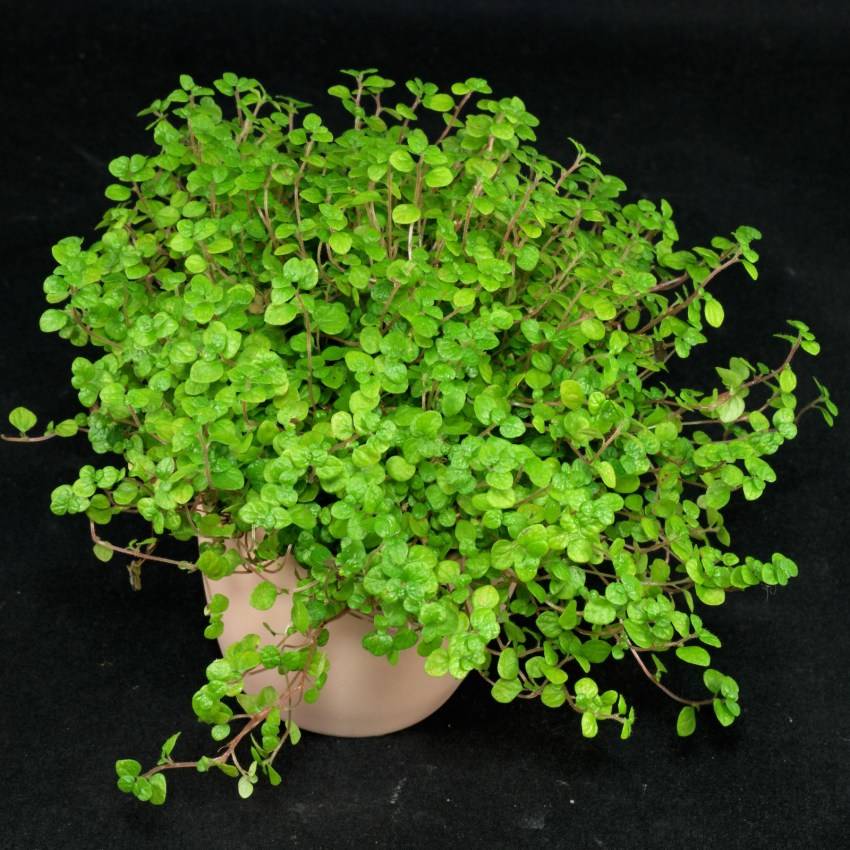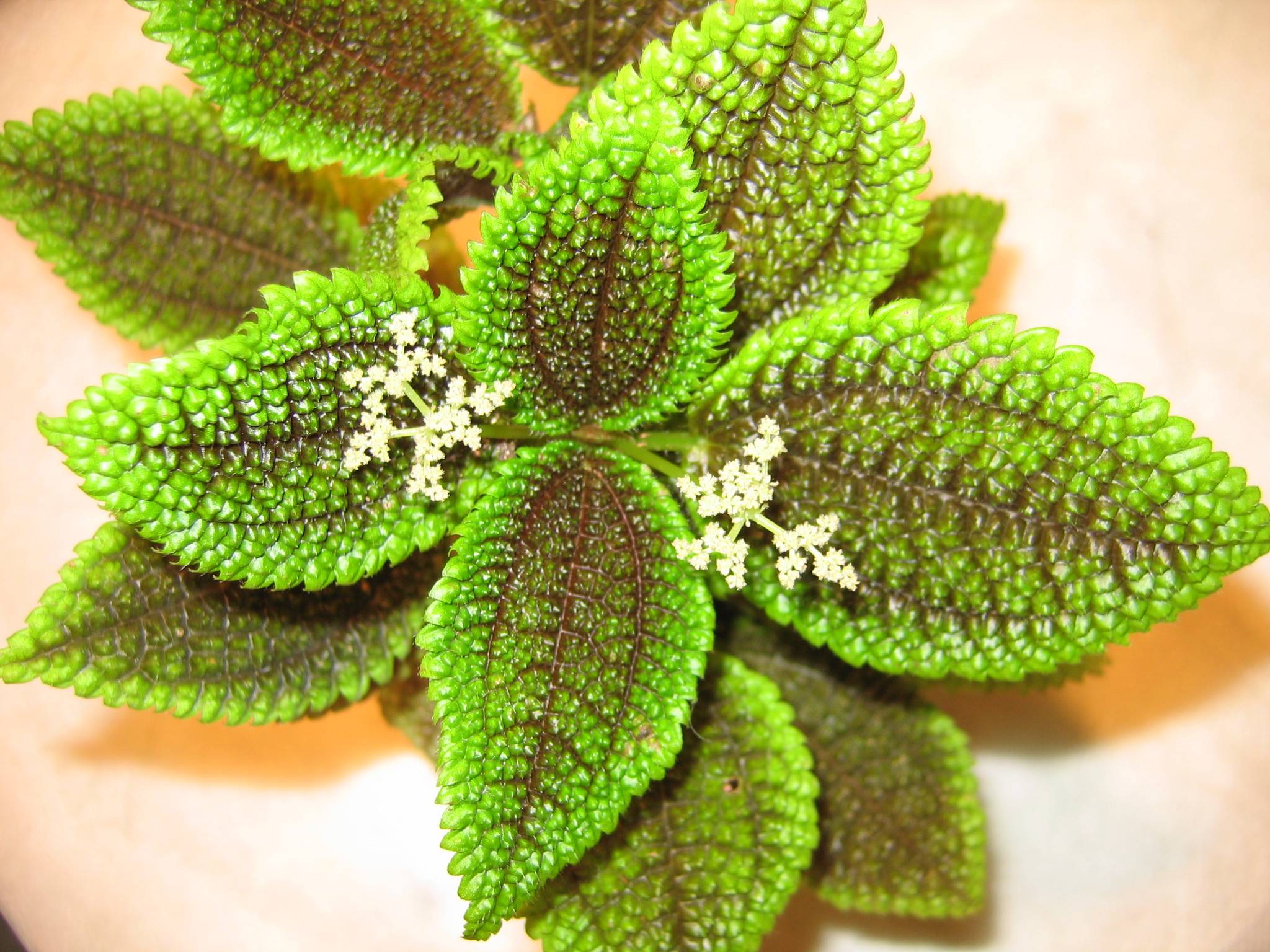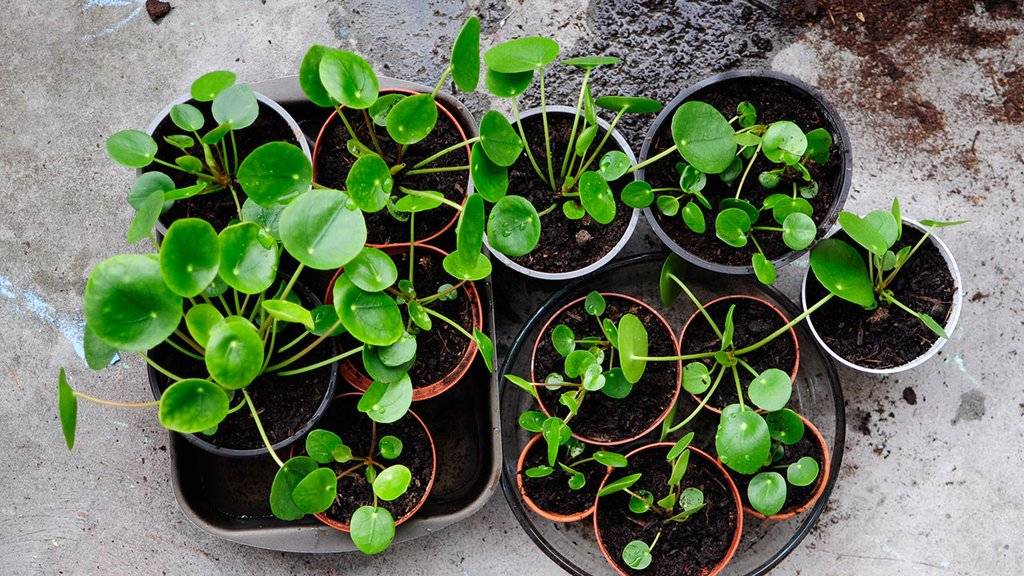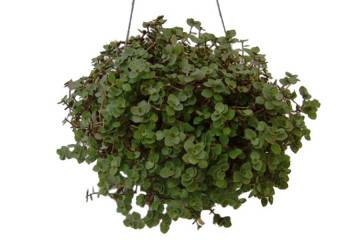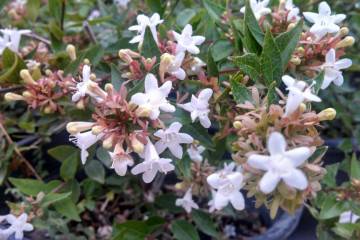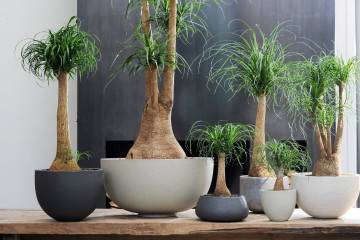Small-leaved saw - home care
Content:
Among the rich selection of indoor plants, the saws stand out effectively. They attract attention not only by the shape and number of leaves, but also by their structure. It is a short-lived but luxurious plant with fine foliage.
What does it look like and what family it belongs to
In appearance, pylaea are small bushy plants no more than 40 cm in height. Thin shoots, densely branching at the base, can be straight or creeping. The size of the leaves varies from a few millimeters to several centimeters, and their shape can be either round or oval, and sometimes jagged.
The pilea flower belongs to the Nettle family. Currently, there are up to 400 varieties of this plant. Below are the most famous ones.
- Small-leaved saw. The height of the bush does not exceed 15 cm. It has round leaves and curved stems. It is a real favorite of florists. The flowers of such a pilea are very difficult to see, since they are protected by peculiar shields.
- Pilea Kadier. It is a shrub with straight stems, which, under the force of gravity, fall down over time. Leaves of a dark green hue with silvery blotches.
- The saw is bushy. Flowers on this plant are almost invisible, but this is fully compensated for by the bright color of the foliage, speckled on long cuttings.
- Pilea Lebanese. A distinctive feature of this variety is the small leaves located closer to the top of the flower. It has white-pink inflorescences of small flowers, towering over the main foliage.
- Wrapped saw. It can grow up to 30 cm and is considered a bush. Leaves are elongated, slightly pointed at the top, with a bumpy surface. The variety has inflorescences of small light pink flowers.
Features of caring for a saw at home
In general, the saw is unpretentious, does not require too careful maintenance. However, there are a number of factors that must be observed in order for caring for small-leaved saws at home to give good results.
Despite the fact that the pylaea were brought from a hot area, they prefer a rather cool temperature in the house, from about 15 ° C to 18 ° C.
As far as room lighting is concerned, this does not play a decisive role: these plants adapt to both light and shaded spaces. The ideal option would be diffused bright light without aggressive sunlight.
These flowers require proper watering, they do not tolerate abundant prolonged humidity or drought. The flower must be watered regularly, but make sure that the topsoil has time to dry out. Therefore, it should be watered as needed and in small portions.
Sawing soil should be nutritious and well-drained and contain a lot of organic matter. The ideal option would be a mixture of leaf humus with peat.
For a small-leaved indoor flower, regular feeding is necessary.The need for it is especially acute in spring and summer, when this plant needs to be fed at least once a week. In the cold season, this need is reduced to once a month. As a fertilizer, it is advised to choose liquid fertilizers with a high nitrogen content.
When and how it blooms
The flowers of this plant are quite inconspicuous. Sometimes they are even difficult to detect. These small, white or light pink inflorescences are located in the leaf axils. In shape, they are racemose bunches.
According to flower growers, the pilea flowers themselves do not carry aesthetic beauty, therefore they are sometimes specially cut off so that the plant's strength goes into growth.
Pruning
To make the bush look well-groomed, it is necessary to periodically give it a neat shape. You need to do this at the initial period of the appearance of young shoots. It is important to take care of the appearance of the plant, not to allow excessive bushiness, getting rid of elongated shoots, which can be trimmed or plucked.
How does it multiply
There are two main ways to reproduce this flower. The first is seed germination. This method is not very effective, but some growers can use it successfully. Germination of seeds is carried out in several stages:
- Prepare containers with suitable soil.
- Plant seeds in pre-prepared grooves in the ground.
- Cover the container with plastic wrap.
- Wait for shoots in 3-4 weeks.
- Transplant new plants into separate containers.
The most effective is the second method - rooting cuttings. In this case, twigs from young bushes are cut into a length of about 6 cm and placed in water so that roots appear, or they are immediately transplanted into the ground, covered with plastic wrap. The rooting process takes about a month, after which a full-fledged bush grows.
Transfer
The pylaea can be either annual or perennial. In the second case, you may need a transplant. The best period for this is spring, when the plant begins to actively grow again.
The root system is shallow, which makes it possible to use shallow containers for growing.
Preparation of the soil deserves special attention. At the bottom of the pot in which the saw will be planted, you need to pour a drainage layer. Only after this is the soil added and the plant planted.
Possible growing problems
Despite the unpretentiousness of the plant, in the process of growing it, the florist may encounter such a problem as pests. Pylaea are most often susceptible to parasites such as mealybugs and spider mites.
Mites on such plants appear due to non-observance of the necessary humidity, that is, with excessive dryness of the flower. To get rid of this problem, you need to wash the bush with hot water at a temperature of about 40 ° C, and then dry it and treat it with insecticides.
Mealybug, as a rule, appears in the cold season due to hypothermia of too wet soil. Insecticides are also effective against it.
Growing difficulties
There are several problems that can arise when growing small-leaved saws. You need to figure out why they appear and how to deal with them.
- Falling foliage. This usually happens due to non-compliance with the temperature regime. The flower must be placed in a room with a temperature not lower than 16 ° С and not higher than 20-22 ° С.
- Rot of roots and shoots. The reason is excessive humidity.If this problem occurs, you need to remove the rotten areas, transplant the plant into new soil and reduce the amount of watering.
- Foliage change. In this case, you need to pay attention to what exactly is happening to her and eliminate harmful factors. If the leaves have become smaller than usual, then the flower does not have enough light. On the contrary, with an excess of light, the leaves will become pale and lethargic. If brown or yellow spots appear on the leaves, it means that the plant has received burns from direct sunlight.
Thus, the small-leaved saw is an unpretentious ampelous plant, which is very popular. Observing the necessary conditions, even an inexperienced flower lover can cope with its cultivation.
